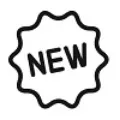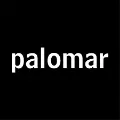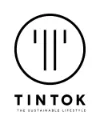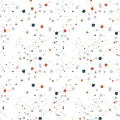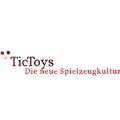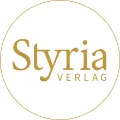Menu
-
Unsere Marken
- Back
- moses. Verlag
- Edition Michael Fischer
-
Groh - Die Geschenkverlage
- Back
- Groh
- Pattloch
- Elma van Vliet
- Brunnen Verlag
- The Moshi
- by vivi
- KLIMCHI
- Alex Clark
- Tranquillo
-
Bewusstes Leben
- Kalender
- Egan
- Neu bei Dessauer
- Jamida
- Allgäu Kräuterwerkstatt
- The Spirit of Om
- Alibabette Editions
- global affairs
- farfalla
- Noodoll
- kylskapspoesi
- Petit Jour Paris
- Ulster Weavers
- Bell Trade
- Stiebner Verlag
- HERCULE STUDIO
- Yogitier
- Resetea
- Palomar
- Bloom
- CHARLOT
- La Mariole
- Deluxe Homeart
- SQUIREME
- TinTok
- Miss Wood
- WerteArt - Oups Verlag
- Diverse Produkte
- Ruigor
- TicToys
- PARADOX
- Rainbow Loom®
-
SALE!
-
Verlage
- Back
- Amra Verlag
- Ackermann Kunstverlag
- Aquamarin & Crotona
- Arbor Verlag
- Audiolino
- Bacopa Verlag
- Bertelsmann Stiftung
- Brunnen Verlag
- Business Village
- Carl-Auer Verlag
- Carl-Auer Verlag - Kinderbücher
- Collection Innerlight
- Copress Sportbücher
- EchnAton Verlag
- Edition Michael Fischer
- Ennsthaler Verlag
- Fitmit-Verlag
- Freya Verlag
- Glücksschuh Verlag
- Goldegg Verlag
- Groh - Die Geschenkverlage
- humboldt Verlag
- Innenwelt Verlag
- Jhana Verlag
- Joy Verlag
- Koha Verlag
- Königsfurt-Urania Verlag
- Kunstanstifter Verlag
- Lichtpunkt & Ekonja Verlag - Ingrid Auer
- Limarutti Verlag
- Mankau Verlag
- Momanda
- moses. Verlag
- Natur und Tier - Verlag
- Natur und Tier Verlag
- Neue Erde Verlag
- neva
- Plassen Buchverlage
- Schirner Verlag
- Schott Music
- Scorpio - L.E.O Verlag
- Scorpio Verlag
- Self-Realization Fellowship
- ShenDo Verlag
- Silberschnur - J. Kamphausen Mediengruppe
- Silberschnur Verlag
- Smaragd Verlag
- Stadelmann Verlag
- Stiebner Verlag
- Styria Verlag
- Trinity Verlag
- VAK Verlag
- Verlag Ganzheitlich Leben
- Verlagshaus Römerweg
- Voggenreiter Verlag
- WEKA
- WerteArt - Oups Verlag
- Windpferd Verlag
- Kontakt
- News
Suchen
Unsere Anschrift
- 044 466 96 96
- dessauer@dessauer.ch
- Im Waidli 1
- 8142 Uitikon
Information
Kundendienst
Powered by nopCommerce
0
Copyright © 2026 Dessauer. Alle Rechte vorbehalten.

















